Tested: Nvidia fixes GeForce RTX 3080 crashes with new driver - sandersonguitterotice
Over the weekend, forums or so the Cyberspace exploded with news of Nvidia's GeForce RTX 3080 crashing in games for several users, followed by (rattling informed) speculation away Igor Wallossek at Igor's Lab that role of the issue could by caused by the capacitors used on various custom boards. Read our explainer on the GeForce RTX 3080 bally issues if you want to know more.
On Monday good morning, Nvidia released new GeForce Game Ready drivers that appear to fix the stability issues. We were able to test the drivers happening a on a troublesome RTX 3080 art card in PCWorld's possession.
Nvidia's article about the 456.55 Courageous Ready drivers overtly mentions only enabling Nvidia Reflex in Call of Tariff. But buried deep in the release notes were an interesting tidbit: "The new Game Ready Driver likewise improves stability in in for games connected RTX 30 Series GPUs."
I have a custom GeForce RTX 3080 brimming with an entirely-POSCAP electrical condenser contour that dependably crashed in Horizon Zero Dawn with the older, original 456.38 drivers. The new 456.55 Plot Ready drivers indeed puts an finish to that, but IT looks the like it does so by slightly modification the maximum GPU Boost time bucket along—though at none cost to overall performance. Army of the Pure's dig in.
The graphics card that never launched
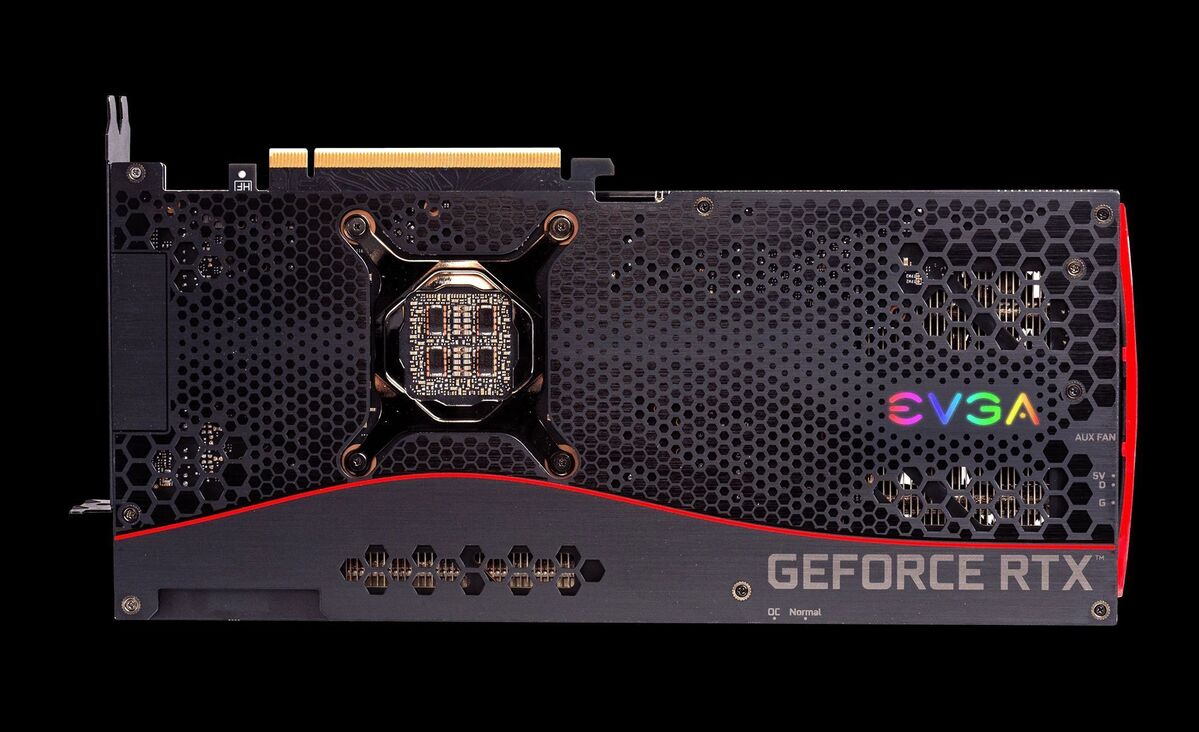 EVGA
EVGA The EVGA RTX 3080 FTW3 cards you can buy include different capacitors than my pre-production interlingual rendition; you tush see it includes MLCC arrays 'tween the black, rectangular POSCAPs on the rear of the GPU.
If you read our pathfinder to the RTX 3080 crashing issues, you'll know that EVGA somewhat confirmed Igor's analysis that the type of capacitor used can bear upon performance. EVGA's heatedly anticipated RTX 3080 FTW3 graphics card was delayed because the original configuration exclusively used POSCAP capacitors possibly tied to stability issues. (Again, read our RTX 3080 crashing take to memorise the difference 'tween POSCAP and MLCC capacitors.) Here's what product manager Jacob Freeman said in an EVGA statement:
"During our mass production QC examination we discovered a full 6 POSCAPs solution cannot pass the real life applications testing. It took almost a week of R&D effort to determine the cause and trim back the POSCAPs to 4 and tally 20 MLCC caps prior to shipping production boards, this is why the EVGA GeForce RTX 3080 FTW3 series was delayed at launch. At that place were no 6 POSCAP production EVGA GeForce RTX 3080 FTW3 boards shipped.
But, due to the sentence crunch, some of the reviewers were dispatched a pre-production version with 6 POSCAP's, we are working with those reviewers directly to supercede their boards with production versions. EVGA GeForce RTX 3080 XC3 series with 5 POSCAPs + 10 MLCC solution is matched with the XC3 spec without issues."
To be utterly clear in case you missed it: EVGA is non shipping FTW3 card game with an all-POSCAP setup, which couldn't pass real-world testing. They delayed the card to include an MLCC array to ensure stability. The cards you can buy should be fine. Nvidia also tells me that "the appropriate number of POSCAP vs. MLCC groupings can vary dependant on the plan and is not needfully declarative mood of select."
Simply what act you know: I just soh happen to have nonpareil of those archaic pre-production FTW3 samples with six POSCAPs. And yes, I could get it to crash repeatedly while play.
POSCAPs vs. Horizon Goose egg Dawn
I'd shelved reviewing this FTW3 because EVGA told me they'd be shipping me a new unmatched that matches the shape buyers received. Just aft all the ruckus I distinct to poke at my pre-product POSCAP sample to determine if I could get it to misbehave reliably. I could.
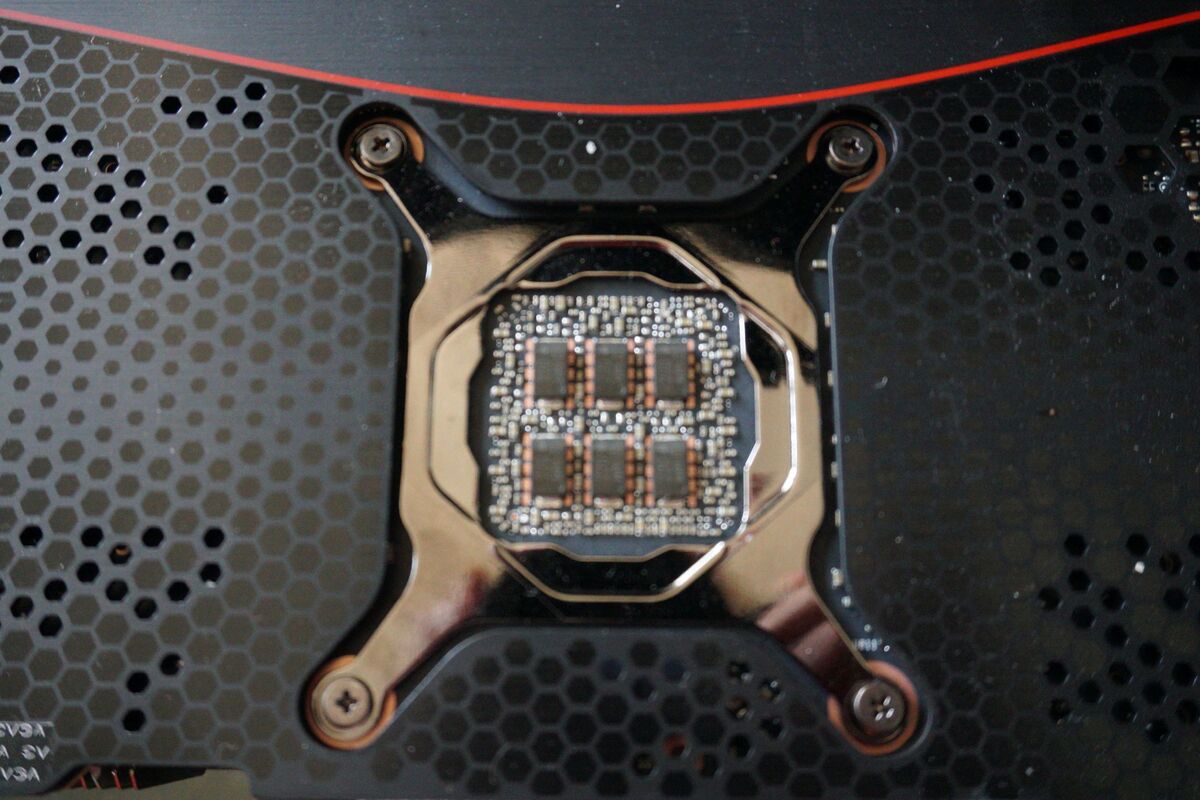 Brad Chacos/IDG
Brad Chacos/IDG My pre-production EVGA FTW3 comes packed with POSCAPs and nary an MLCC module in ken, unlike the models you can actually buy.
On the all-POSCAP FTW3, using Nvidia's master copy 456.38 drivers, the Horizon Zero Dawn benchmark consistently crashes at 1440p solvent on our test system. (Our GeForce RTX 3080 follow-up includes heavy run scheme details.) Other games work okay; even HZD works fine at 4K; simply information technology always crashes at 1440p, then hard that IT takes out GPU-Z, too.
Atomic number 3 stage-struck users have aforesaid in multiple forum posts, the crashing appears tied to the GPU clock speed. Popping harsh EVGA's excellent Precision X1 software, I found that the bench mark mostly ran at 2010MHz, and worked just fine-grained while doing so. About ii-thirds of the way into the benchmark, there's a scene where the camera swoops through a courtyard occupied with people. That's where the carte du jour crashed. Precision X1 revealed that at that moment, the GPU time speed hits 2025MHz, and then plummets when the game locks up.
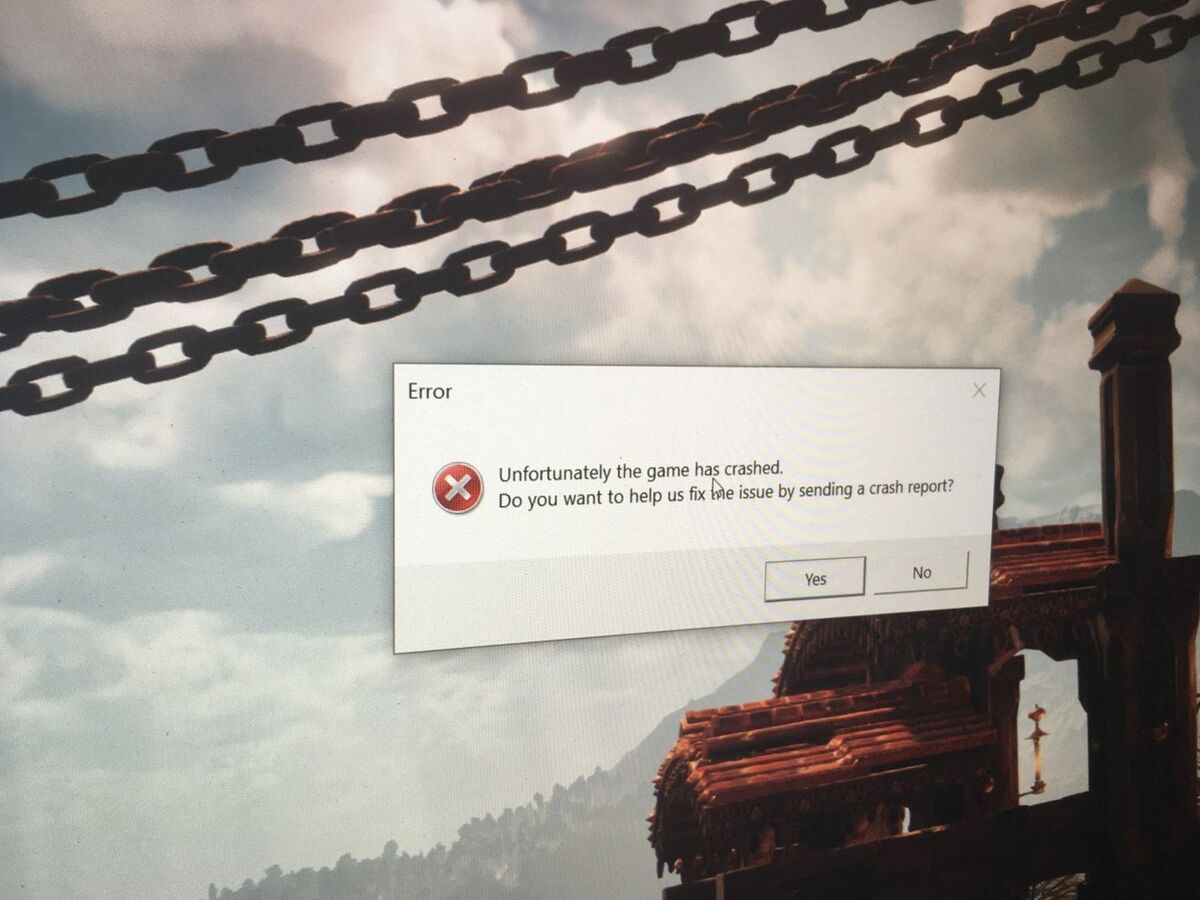 Brad Chacos/IDG
Brad Chacos/IDG Crash, smash
After letting the doss sort knocked out, I popped open Microsoft's Event Viewer to see what errors occurred. The game's executable tossed retired a D3DDRED2 mistake, which caused Windows to spawn a LiveKernel 141 (generic hardware component failure) event. That in turn unexpected the nvlddmkm display driver to stop working and eventually reset.
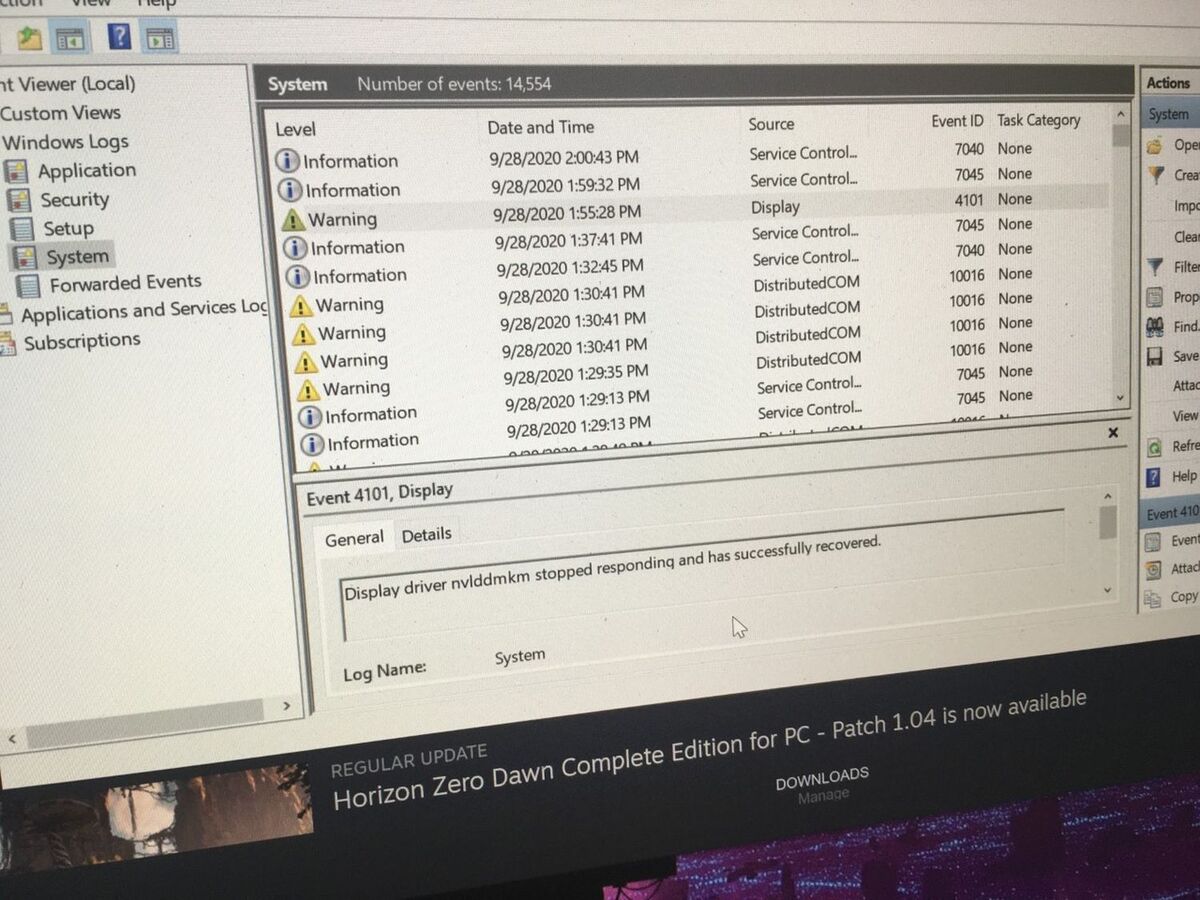 Brad Chacos/IDG
Brad Chacos/IDG RIP display driver.
This happened every prison term I ran the benchmark. I suffered through six benchmark-crash-repeat runs to assure the reliability of the unreliability. (Nigh) every clock I tried, the GPU clock hit 2025MHz in that vista and crashed the game.
Newfound Nvidia drivers furbish up bloody
After that, I ran the fantastic Display Device driver Uninstaller software to pass over Nvidia's 456.38 drivers from my system, and installed the modern 456.55 drivers with promised stableness fixes. That made Sensible horizon Zero Dawn repeat its excruciating shader optimisation process, merely afterward that, the spunky just now worked. I've rerun the benchmark five multiplication with the 456.55 drivers installed and successfully completed every run. It scarce works, now.
Simply the all-POSCAP EVGA RTX 3080 FTW3 doesn't behave quite an the same as ahead.
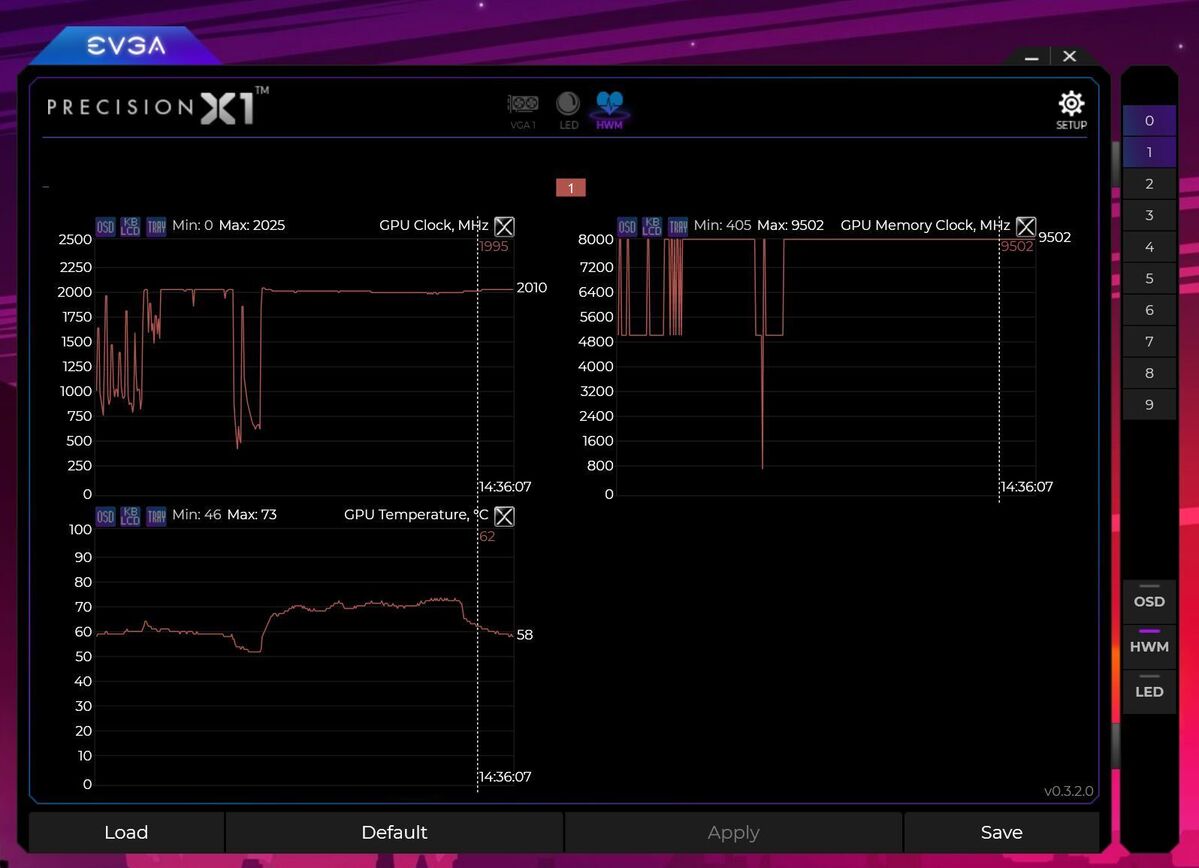 Brad Chacos/IDG
Brad Chacos/IDG As you can see in this Precision X1 screenshot, clock speeds in HZD top out just shy of 2GHz with the new Nvidia drivers installed, unlike earlier. (Information technology goes higher in menu screens.)
American Samoa I aforesaid, with the master copy drivers, the HZD benchmark ran at a generally ordered 2010MHz connected this GPU until IT reach the 2025MHz wall and crapped out. With Nvidia's new 456.55 drivers, the the GPU clock speed in Horizon Zero Dawn now flitters between 1980MHz and 1995MHz (though it can still murder a stable 2010MHz in menu screens). Nvidia's fix appears to constitute dialing back maximum performance with the GPU Cost increase feature. I've asked Nvidia for more details about what the new drivers do to improve stability and leave update this with more info if I get wind back.
Update:An Nvidia representative reached out to say the company hasn't "done anything to lock the GPU to fill in-2 Gigacycle per second operation with the new driver."
To put this in proper context, these level bes GPU Boost clock speeds remain well above the rated boost speeds for these cards. The "fix" results in such a minor upper difference that you won't much notice it in the game itself. After repeatedly hammering the benchmark, I managed to start HZD to complete a 1440p execute once with the original, borked drivers. It averaged 129 frames per second. With the new, somewhat lower-clocked drivers installed, information technology averaged either 127 or 128 frames per second across ternary runs. That's essentially the same execution, well within the margin of safety, and could just atomic number 4 caused away run-to-run testing variance. When I tested the Nvidia RTX 3080 Founders Edition with the new drivers, there was no performance operating theater power draw change whatsoever, though it didn't come around breaking the 2GHz barrier.
To be clear one time more: The EVGA RTX 3080 FT3 models you behind actually grease one's palms assume't use this all-POSCAP capacitor configuration. The production card game deploy MLCC for added stability. Because EVGA caught the issue early, this does not touch FTW3 cards on store shelves.
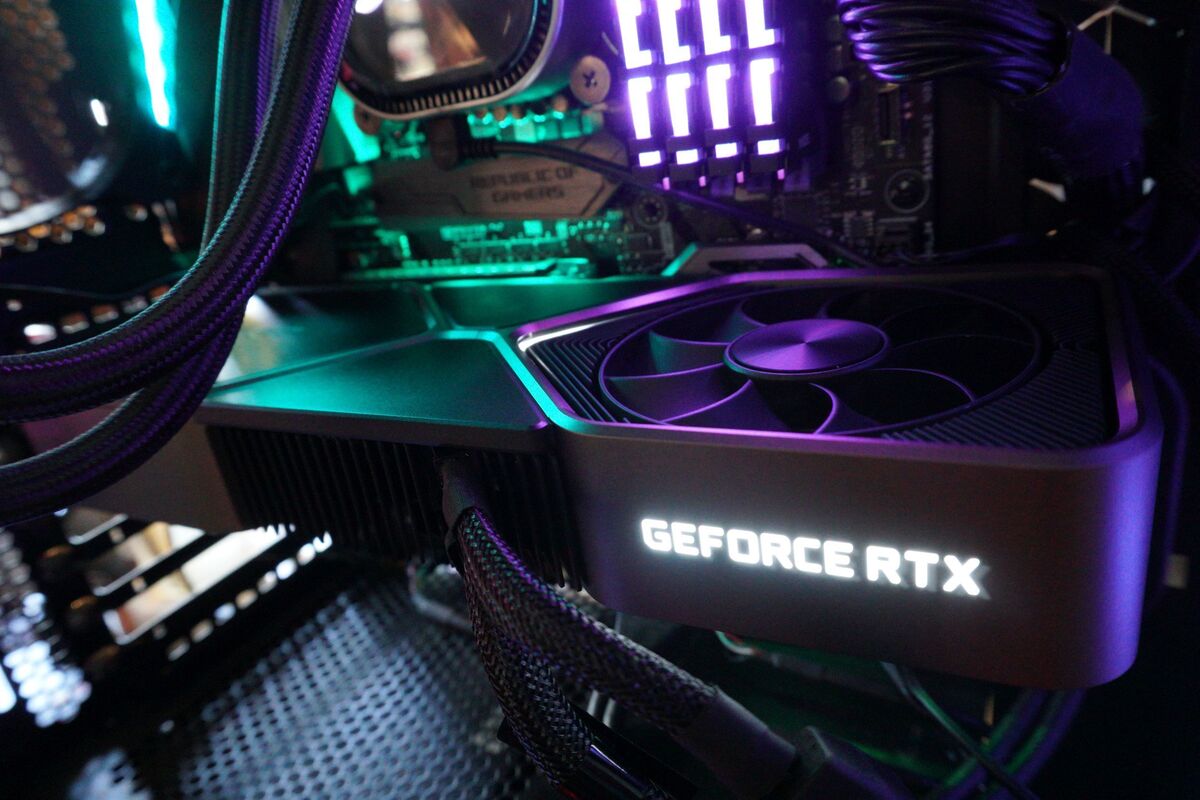 Brad Chacos/IDG
Brad Chacos/IDG If a quick driver update is all IT takes to fix this issue on custom boards with six POSCAPs—like the Zotac Deuce-ac—or whatever other is causation stability issues, then keen. We'll need to do many testing to see if the somewhat slower maximal GPU Boost clock speeds witnessed in HZD with the 456.55 drivers carries over to other scenarios with ultra-fast cards, to determine if this change affects the very topmost performance in the very fastest custom RTX 3080 models out there.
But for like a sho, if you've been lucky enough to score a GeForce RTX 3080 or 3090, only unlucky enough to aim one that suffers from crashes, go download Nvidia's Game Ready 456.55 drivers pronto. The new drivers should be in stock via GeForce Experience also. If our experiences with HZD is any indication, it could be the deposit for what ails you.
Update: Users of the r/nvidia subreddit paper an end to crashing with their RTX 3080 card game in various games, too, and different people write up sightedness higher intermediate frame rates overall in some games, though it's not universal. Hardwareluxx.de editor Andreas Schilling reports that the new drivers change the voltage frequency curve on his Asus TUF RTX 3080, which would explicate the slight departure in maximum GPU Boost clock speeds in some scenarios. If you lack more technical info, Igor Wallossek from Igor's Lab did a distant dive into how the new driver tweaks king usage to avoid massive peak energy spikes during sudden workload changes.
Stay tuned for our nourished review of the EVGA GeForce RTX 3080 FTW3 (with MLCC installed) in the days to come. Spoiler: It's good!
Related Nvidia RTX 30-series stories:
- Nvidia GeForce RTX 3080 Founders Edition review: Staggeringly powerful
- Nvidia GeForce RTX 3090 Founders Edition review: Titan for work, luxury for play
- Nvidia GeForce RTX 30-series vs GeForce RTX 20-series: Full spec comparability
- How Microsoft and Nvidia programme to shoot down game-loading times on PCs
- Nvidia's $500 GeForce RTX 3070 gets an Oct 15 release date
- Why there's no GeForce RTX 3080 Ti (one of these days)
Editor's note:This clause originally ran along September 28, 2020, but was updated to make the essentially identical average FPS performance witnessed between the ii drivers more clear. We also reworded the ordinal paragraph from the remainder from "hoagy-2GHz limit" to "slower maximum GPU Boost clock speeds" as Nvidia reached out and said there is No sub-2GHz limit imposed aside the new drivers. Finally, we likewise updated the end of the article with selective information from former sources around the Internet.
Source: https://www.pcworld.com/article/393555/nvidia-fix-rtx-3080-crashes-new-drivers-clock-speed.html
Posted by: sandersonguitterotice.blogspot.com

0 Response to "Tested: Nvidia fixes GeForce RTX 3080 crashes with new driver - sandersonguitterotice"
Post a Comment